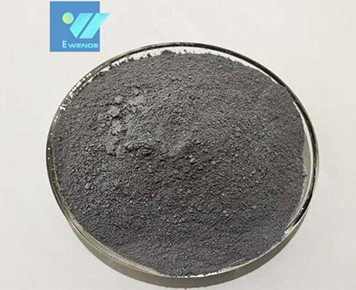Ensuring optimal fluidity in high-strength concrete, especially when utilizing microsilica fume, is crucial to prevent issues like honeycombing and uneven surfaces, which can compromise both the strength and aesthetics of the concrete. Microsilica fume is a key component in refractory castables, falling under the umbrella of special-purpose concrete. Learning from the instructions and operations of both types of concrete can provide valuable insights for improving fluidity.

Controlling Water Content for Constructability
Achieving good constructability and pumpability in silica fume concrete involves reducing the amount of added water at the site. This not only aids in construction but also mitigates the risk of concrete cracks. Fluid concrete possesses the ability to fill formwork effortlessly and is self-compacting, making it suitable for various applications, even in challenging scenarios like small cross-sections or densely reinforced structures where traditional vibration or pressure means may not be feasible.
Strategies to Improve Fluidity
One common method to enhance the fluidity of microsilica fume concrete is by maintaining the water-cement ratio while adjusting the amounts of cement and water. The influence of cement and water dosage on concrete fluidity is multifaceted and involves careful consideration of the following factors:
Water Dosage: Increasing water dosage typically improves fluidity, but excessive water can lead to poor water retention and cohesion, resulting in issues like water secretion layer segregation.
Slurry-Bone Ratio: Adjusting the ratio of cement paste to sand and gravel, known as the slurry-bone ratio, can impact fluidity. A larger slurry-bone ratio enhances fluidity, ensuring both liquidity requirements and good cohesion.
Water-Cement Ratio: This ratio, indicating the proportion of water to cement, plays a significant role. Increasing the water-cement ratio can improve fluidity, but it may compromise water retention and cohesion. Striking a balance is essential for optimal concrete mix characteristics.
Specific Measures: Several measures can be taken to enhance or increase the fluidity of microsilica fume concrete. These include maintaining a high water-cement ratio, using efficient water-reducing agents, optimizing aggregate grading and sand rates, ensuring a significant content of mortar or cementitious materials, and incorporating air-entraining agents.
Role of Water-Reducing Agents
The use of water-reducing agents, particularly those with high efficiency, proves effective in improving fluidity. These agents act as polymer electrolyte dispersants, reducing viscosity by creating ionic repulsion between molecules. This repulsion facilitates particle sliding in the concrete mix, altering its fluid properties and enhancing rheological characteristics.
Conclusion
In conclusion, the fluidity of high-strength concrete, especially when microsilica fume is involved, requires careful consideration of water content, slurry-bone ratio, and water-cement ratio. Maintaining a delicate balance and employing specific measures, such as the use of water-reducing agents, ensures optimal fluidity while preserving crucial properties like water retention and cohesion. These strategies contribute to the successful implementation of microsilica fume concrete in various applications, from construction projects to specialized refractory castables.
Contact Us for Expert Guidance
For further guidance on optimizing fluidity in microsilica fume concrete or to explore reliable suppliers for your construction needs, feel free to contact us. Our team of experts is dedicated to providing tailored advice and connecting you with high-quality materials to meet your specific requirements.








